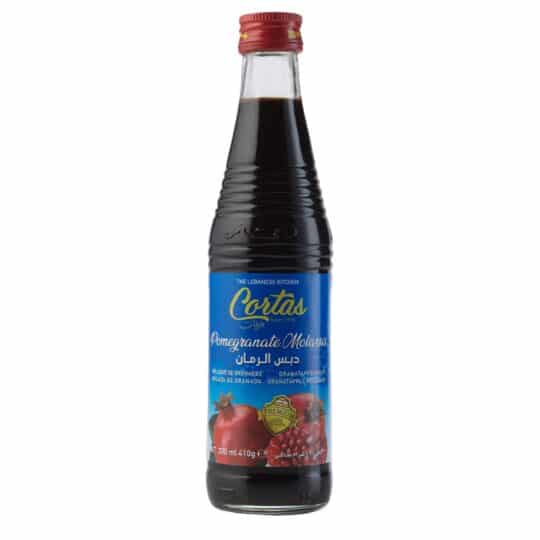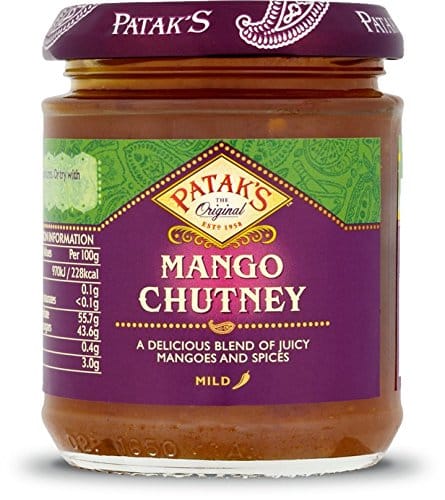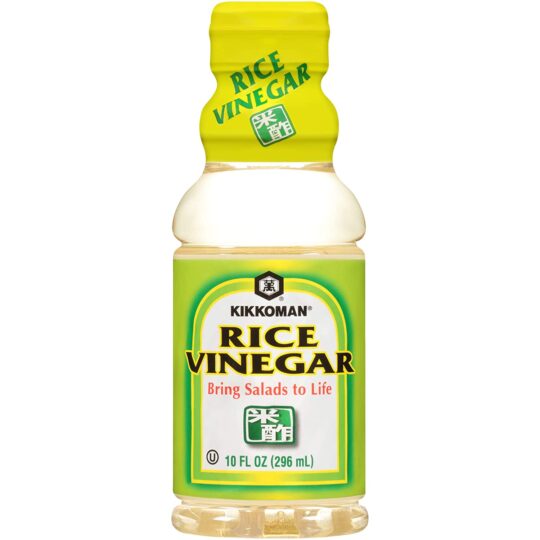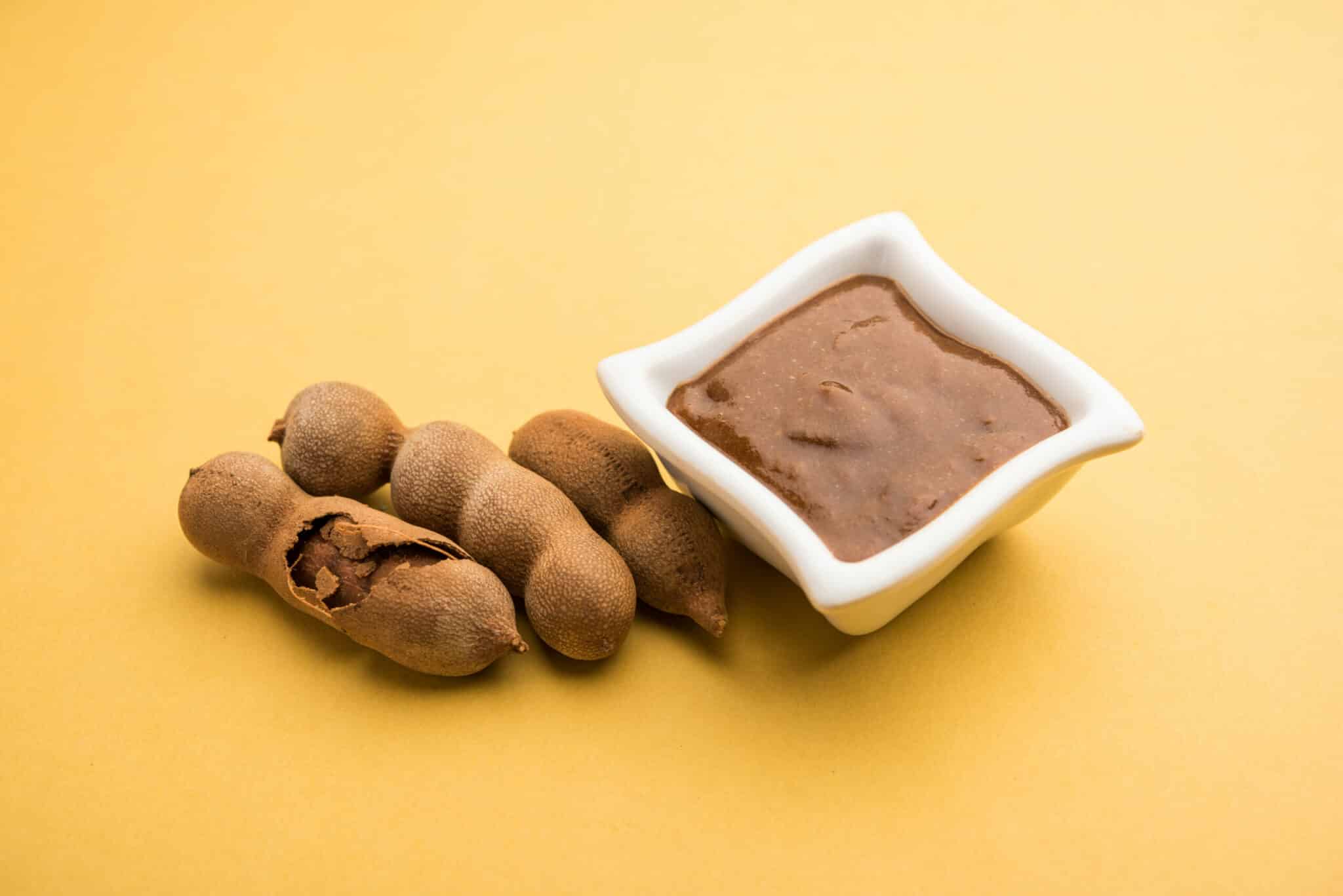In Indian and Mexican cuisines, tamarind paste is a common component. It’s commonly used in Thai cooking, providing the famous pad Thai noodles and a variety of other fish and poultry dishes their exquisite flavor.
The tamarind fruit is contained in enormous brown pods. The dark reddish-brown fruit is taken from the pods and separated from the seeds to make a ready-to-use cooking paste. You may create it yourself or buy it ready-made, but it’s not expensive and lasts a long time.
Read on as you learn more about Tamarind paste and its application in Pad Thai. I also included remarkable Tamarind paste substitutes in Pad Thai recipes.
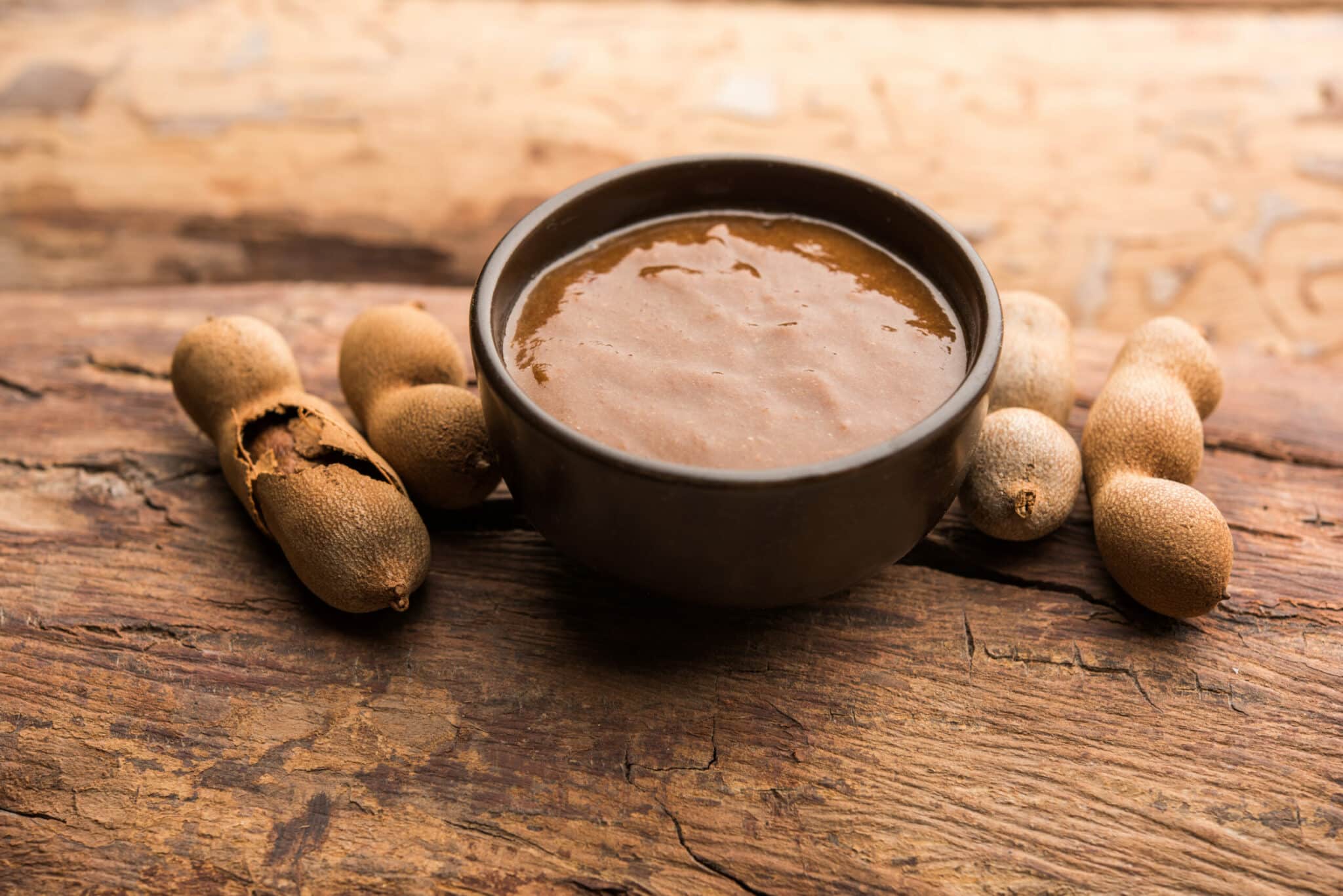
What is Tamarind Paste
Tamarind paste is made from the pulp gotten from the tamarind fruit of the tamarind trees, which surrounds the seeds within the pod. The tamarind tree is a popular hardwood fruit tree originating from Africa that has spread into Asia and Mexico.
You will find that tamarind paste has a strong sour flavor with a hint of citrus. Smoke and caramel aromas are also present, resulting in a rich flavor profile. It’s thick, sticky, and has a molasses-like consistency.
Any recipe you make will require sugar or some other sweetener; when mixed with sugar, tamarind imparts a lovely but delicate sweet-sour flavor to foods. Taste your recipe to get the proper sweet-sour balance, then add additional paste or sweetener until you have the flavor you want.
Tamarind paste is the ingredient that gives pad thai its particular flavor. This sweet, tangy, and slightly fruity flavor complements the peanuts’ nuttiness so beautifully. This dish’s flavors are concentrated on a sweet-savory combination. It’s a pleasure for the tastes, salty, nuts, and that slightly sweet sauce.
Tamarind paste uses in recipes
Many Asian foods use tamarind paste, such as noodle meals, curries, sauces, and soups. It is usually also used to make raw chutneys and dips. It’s great in a marinade since the acidity helps tenderize the meat.
Tamarind paste is frequently used in pastries, candies, drinks, and other beverages in Mexico, including the popular and well-loved agua fresca de tamarindo.
See some dishes and recipes you can use tamarind paste in:
- Vegetable Pad Thai in Tamarind Sauce
- Pad Thai Sauce
- Seafood Pad Thai with Spicy Tamarind Sauce
- Authentic Pad Thai
- Shrimp Pad Thai with Tamarind and Peanuts
- Pad Thai with Tamarind-Almond Chile Sauce
- Chicken Pad Thai
- Spicy Pork Pad Thai
- Vegetarian Pad Thai
- Gluten-Free Pad Thai
- Stir-Fried Rice Noodles in Tamarind
- Tamarind Pad Thai with Broccoli & Crispy Onions
- Paleo Pad Thai (with low carb option)
- Pad Thai Chicken with Noodles
- Tofu Pad Thai
- Prawn pad thai
Tamarind paste substitutes in pad thai
You’ve learned how much one simple ingredient can improve your favorite recipes like curry, Pad Thai, tamarind chicken, etc.
While I already highlighted the benefits of the tamarind fruit’s processed pulp, I’ll also provide the best substitutes in case you run out of Tamarind paste for your Pad Thai recipes
Pomegranate molasses
Pomegranate molasses is the finest substitute for tamarind paste because of its acidity and sour flavor.
The juice is thick and syrupy, but not overly so. Pomegranate, like tamarind paste, contributes moisture to foods in addition to flavor.
Pomegranate molasses is made by thickening and sticking pomegranate juice. When done, it tastes sweet and sour, similar to tamarind paste, with a bitter undertone, making it a fantastic addition to Indian and Asian dishes.
Pomegranate molasses can be found in the Middle Eastern section of your local supermarket or at a Middle Eastern market. You may prepare it yourself if you have pomegranate juice on hand. Reduce the lemon juice and sugar.
Mango chutney
Mango chutney is a great tamarind alternative since it’s thick and tastes quite similar to tamarind paste if you get the correct sort. If your mango chutney is excessively sweet, add some lime or lemon juice to balance the sweetness.
Moreover, mango chutney is high in B vitamins and antioxidant vitamins A and C in significant amounts. Mangoes include alkaline minerals such as potassium, magnesium, copper, and iron. Mango is good for people with iron deficits, such as anemia, because it is high in iron.
Mango chutney is an Indian condiment that comes in various shapes and flavors. You can either buy it at the market, supermarket or make it yourself to have on hand as a condiment or if tamarind is difficult to come by in your area.
Rice vinegar
Rice vinegar is the next best replacement. It’s tangy and not overly sweet, exactly what the tamarind is for.
However, the texture and thickness are different, necessitating the addition of a thickening agent such as cornstarch.
You can also add brown sugar to reduce acidity, depending on your preference.
Rice vinegar contains the same sourness as tamarind paste and an underlying sweetness. If you don’t mind your sauce being a little runnier than usual, use it at a 1:1 ratio. If you want the exact consistency of tamarind paste, thicken it using cornstarch.
Frequently asked questions (FAQs)
Is tamarind puree the same as tamarind paste?
Tamarind puree is a more fluid version of tamarind created from dried fruit. Tamarind puree has a texture similar to dipping sauce or apple butter. The only difference is that puree contains somewhat more liquid. To compensate for the puree being more dilute, you should add more puree than the recipe requires for paste.
Is it possible to use ketchup for tamarind paste?
Tamarind paste is frequently replaced with ketchup. To make it taste like tamarind paste, you will need to add selected ingredients such as fish sauce, or oyster sauce, brown sugar, dark soy sauce, and rice vinegar.
What are the ingredients present in tamarind paste?
Tamarind is the main ingredient; it is a tropical fruit pod that is sour and sweet. Notably, tamarind can be purchased as a whole fruit or as a block of tamarind pulp that has removed the seeds. Water, salt, and sugar are the other ingredients needed to make the paste.
Conclusion
Tamarind paste is prepared from the tamarind tree’s sour, black, sticky fruit that grows in a pod. While tamarind paste is used in various cuisines to make desserts and even confectionery, it is mostly used in Thai cooking for savory dishes.
Notably, tamarind is used in traditional pad thai sauce and several Thai curries and seafood meals. There may be days when you are in a pinch or want something slightly different.
You can opt for any highlighted tamarind paste substitutes in pad thai recipes.
